A Lighting Expert’s Breakdown Of How Masterpieces Should Truly Be Seen
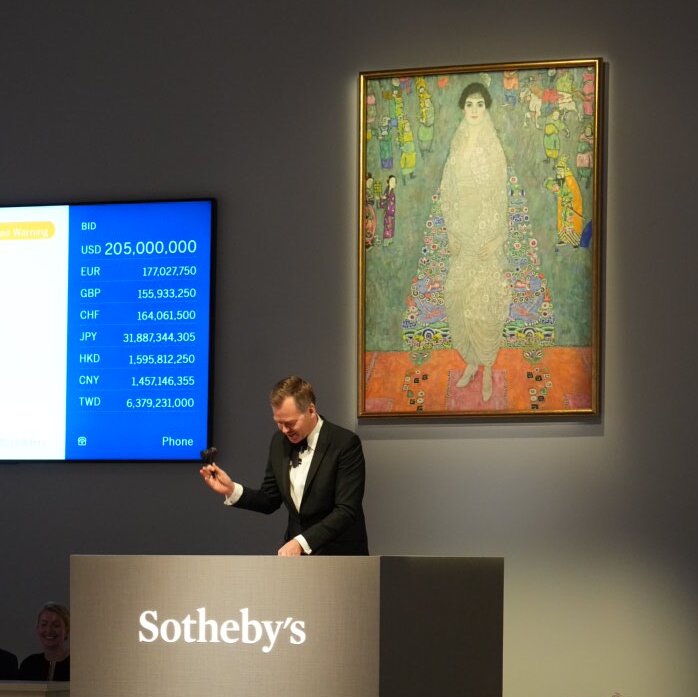
Quick FAQs
What is the best lighting for a priceless painting
High CRI museum grade LED lighting with precise beam control.
How do museums avoid glare on old master paintings
They use controlled beams, angled placement and conservation safe lighting.
Last week the art world turned its attention to a single moment.
Sotheby’s sold a painting for more than two hundred million dollars, a figure that instantly placed it among the most valuable artworks ever sold at auction. Collectors debated the price. Critics debated the buyer. Journalists debated the market. But almost no one talked about the one thing that determines how a masterpiece is actually experienced once it leaves the spotlight.
How it is lit.
Every collector knows the thrill of acquisition.
But what most do not realise is this.
The wrong lighting can make a two hundred million dollar painting look like a twenty thousand dollar print. The right lighting can elevate it beyond anything seen in the auction room.
Lighting does not sit next to the value of the artwork.
Lighting shapes the value of the artwork.
This is why museums invest so heavily in lighting systems. They understand that a painting is only as powerful as its presentation. When you stand in front of a masterwork that glows as if lit from within, that feeling is no accident. It is the results of precision, engineering and total respect for the art.
If I were lighting the two hundred million dollar painting that just shocked the world at Sotheby’s, here is exactly how I would approach it.
Understanding The Painting Before Touching A Single Light
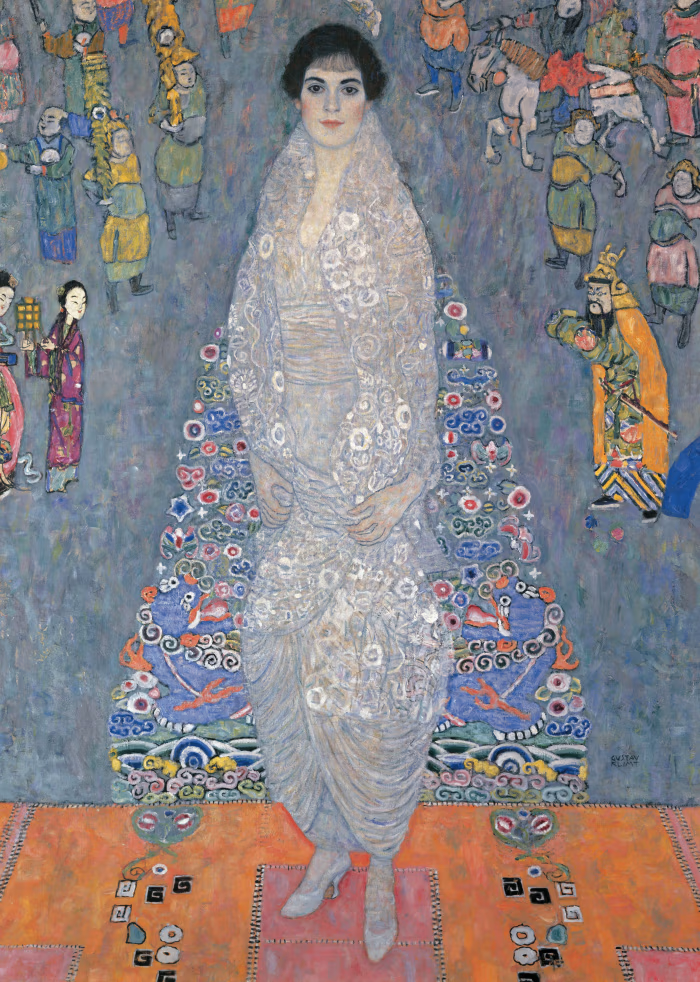
Before choosing the right art lighting fixtures, you must study the painting the way a conservator would. Museums like the Rijksmuseum, The Getty and The National Gallery have entire departments dedicated to this. They consider six things.
-
The painting’s surface texture
-
The varnish level and reflectivity
-
The pigments and how they respond to light
-
The age and any conservation treatments
-
The desired mood of the scene
-
How the artist intended the work to feel
Old master paintings are incredibly sensitive.
Textures from brushwork protrude in unpredictable ways.
Varnish can reflect like a mirror.
Colors shift dramatically under poor lighting.
Before selecting a Zoom, Multi or Deluxe, I would evaluate:
• The direction of the shadows
• The depth of the scumbling
• The gloss in the varnish
• The reflectivity of the medium
• The presence of craquelure
• The natural fall of the composition
Lighting a masterpiece is not about making it bright.
It is about revealing the truth of the artwork.
Why High CRI Is Non Negotiable For A Two Hundred Million Dollar Painting
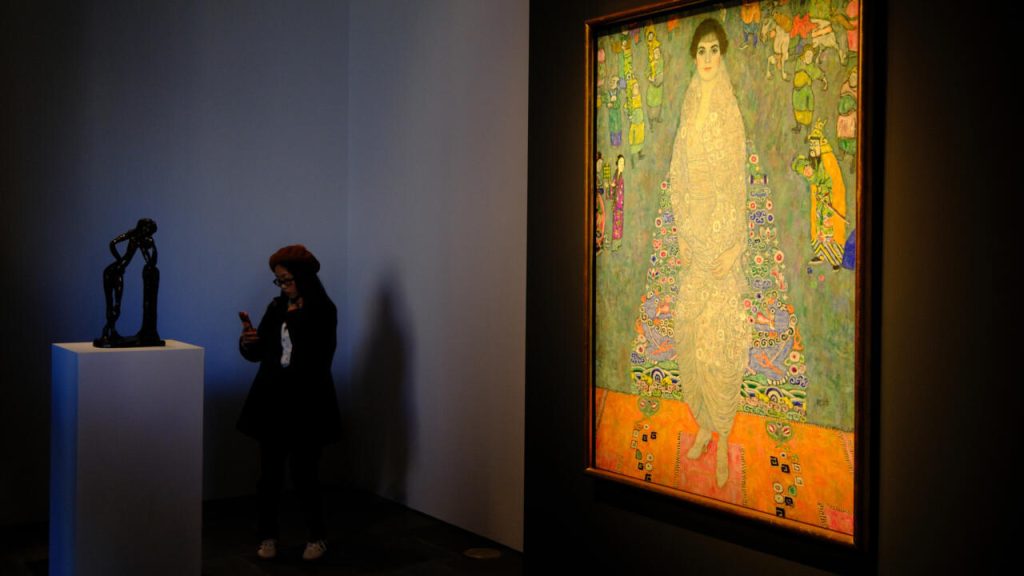
The first decision is the easiest.
A painting of this value demands high CRI art lighting. Nothing less.
Old master works depend on subtle tonal transitions. The warmth of glazes. The coolness of shadows. The chemistry of pigments that no longer exist today.
Low CRI lighting destroys this.
It dulls the glazes.
It flattens the shadows.
It distorts the skin tones.
It kills the emotional warmth.
Museums insist on CRI in the highest range because they want the viewer to see the painting as the artist intended. For a painting worth the price of a skyscraper, accurate colour rendering is not a preference. It is a duty.
Choosing The Correct Beam. The Most Important Decision Of All.
Most collectors underestimate the importance of beam control.
This is where true luxury lighting separates itself.
Old master paintings need sculpted light.
Not harsh. Not flat. Not wide. Not general.
For a painting of this magnitude I would use either:
• The Zoom light
or
• The Deluxe framing projector
The Zoom gives complete control. I can tighten the beam to eliminate wall spill or widen it to embrace the entire piece. It allows the painting to glow naturally without overpowering the space.
The Deluxe is for perfectionists. It lets me shape the light exactly to the borders of the artwork so the painting appears illuminated from within. No spill. No glare. No flaring edges. Only pure controlled light.
A painting worth more than two hundred million deserves nothing less than absolute precision.
Eliminating Glare On Varnished Paintings
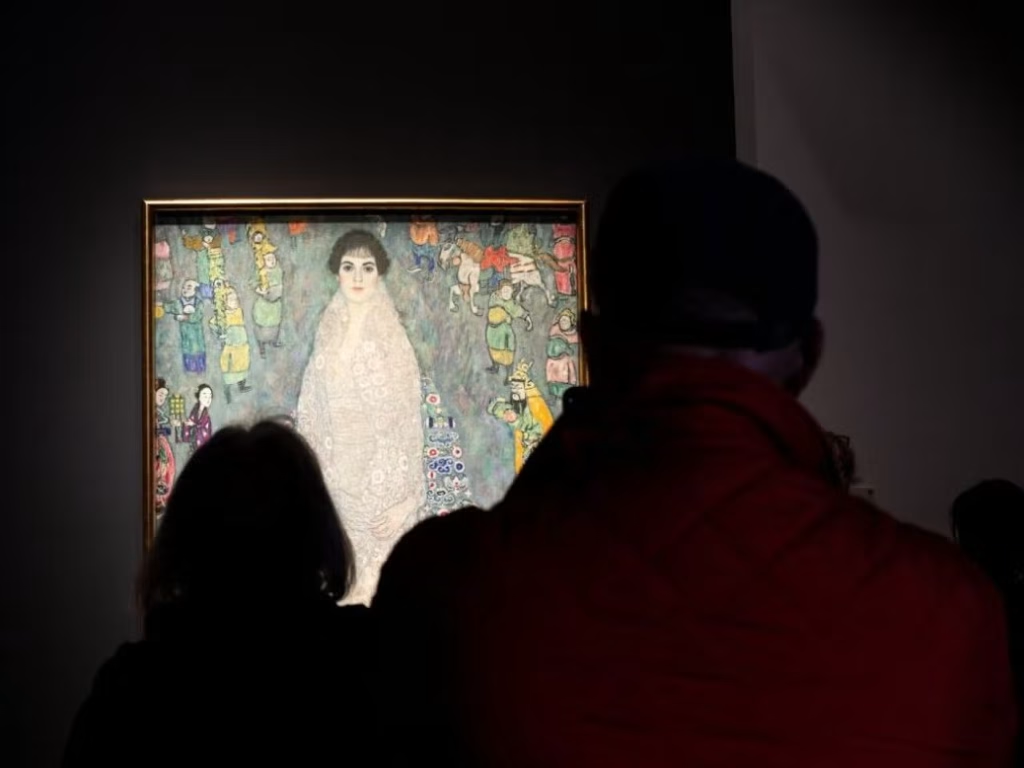
The Most Common Mistake Collectors Make
Old masters are often heavily varnished. This varnish acts like glass.
The wrong angle produces a bold streak of glare across the painting.
This ruins the work instantly.
Collectors often try to fix this by moving the painting or adjusting lamps themselves, but glare reduction is a science. Museums avoid glare by controlling three things:
-
Distance between the light and the artwork
-
Angle of incidence
-
Beam shape
For a masterpiece, I would position the light roughly one to one point four metres from the painting and angle it around thirty to thirty five degrees. This is the sweet spot museums use.
When the angle is correct, the painting reveals its texture without reflecting the beam. The image comes alive. The varnish becomes invisible.
With a Deluxe projector, the shaping ability makes glare control even more precise.
This is how you make a painting feel priceless.
Texture, Depth And Why Old Masters Need Layered Light
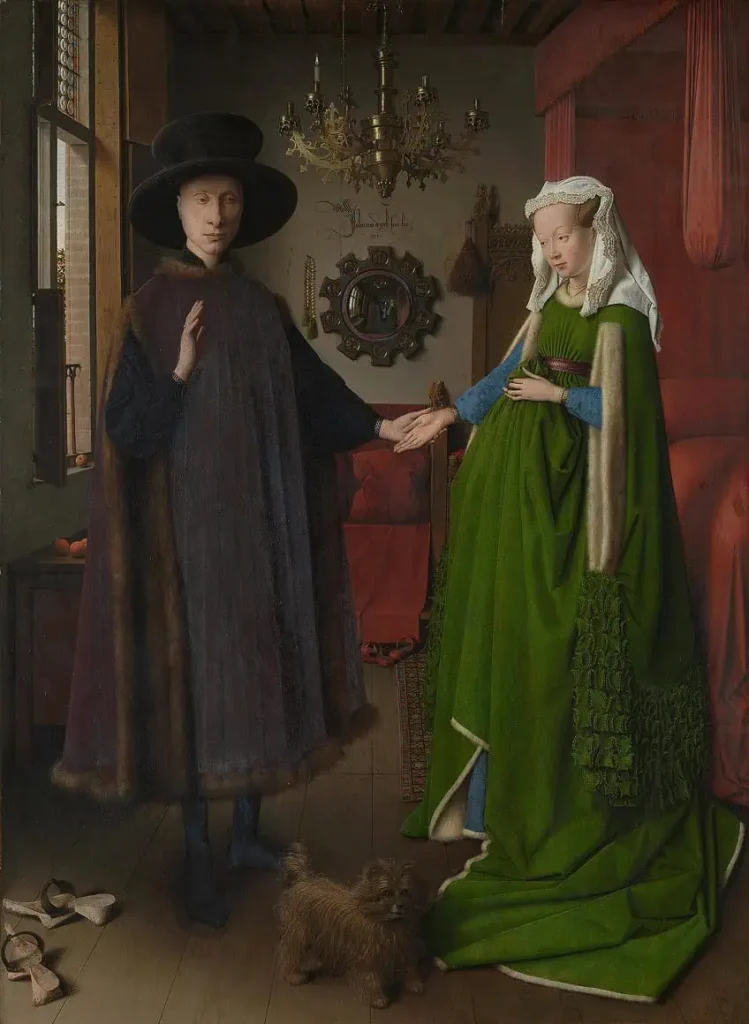
Old masters are defined by texture.
Raised oil. Thick impasto. Delicate glazes. Decades or centuries of layered technique.
Bad lighting collapses this.
Good lighting reveals it.
Great lighting makes it feel alive.
For a painting of this calibre, I would create a layered lighting plan. This means using one main controlled beam to illuminate the painting and a secondary ambient layer to support the atmosphere.
The painting gets the attention.
The room supports the viewing experience.
This is how major museums like The Metropolitan or The Getty create depth.
Colour Temperature. The Invisible Detail Most People Ignore.
Colour temperature determines mood.
For old masters, the ideal range is typically between warm neutral and true neutral light.
Warm white is too yellow.
Cool white is too cold.
Neutral reveals the painting’s true tonal structure.
For a painting sold at this level, I would choose a colour temperature that matches the museum standard, which sits around the three thousand kelvin range. It is clean. It is soft. It is timeless.
It respects the historical nature of the painting without altering the palette.
Why Expensive Art Often Looks Worse At Home Than In A Museum
Here is the painful truth.
A painting that looks extraordinary in a museum can look shockingly average in a home if the lighting is wrong. Collectors often tell me that a masterpiece looked better at Sotheby’s than on their wall. They assume the auction house had a secret framing technique or special room design.
The truth is simpler.
Sotheby’s lit it properly.
Museum grade lighting reveals depth.
Home lighting flattens it.
When you bring a masterpiece into a living space without proper gallery lighting, you remove the very environment that made it powerful.
This is why lighting is the most overlooked art investment in the world.
But it is one that serious collectors eventually learn to prioritise.
Why A Two Hundred Million Dollar Painting Deserves A Museum Standard Installation

If I were installing the two hundred million dollar painting, I would use the museum method.
-
Evaluate the artwork under controlled lighting
-
Select a high CRI fixture
-
Choose between the Zoom or Deluxe
-
Test a variety of beam widths
-
Mark the ideal distance on the ceiling
-
Adjust the angle until reflections vanish
-
Test intensity for emotional balance
-
Commit to a final lighting composition
This is how professionals treat masterpieces.
Lighting is not an afterthought.
Lighting is part of the artistic presentation.
The buyer who just acquired the Sotheby’s piece knows this.
Or soon will.
Why This Article Matters
The Message For Serious Collectors
If you collect old masters, modern works or museum grade pieces, you now understand something most art owners never fully realise. The emotional experience of a painting is not created by the painting alone.
It is created by the way the painting is lit.
A two hundred million dollar painting does not deserve good lighting.
It deserves perfect lighting.
And truthfully, so does every painting of meaning in your collection.
Full FAQs
What is the safest lighting for old master paintings
High CRI LED lighting with low UV and low heat output.
How do I avoid glare on varnished paintings
Use controlled beams, correct distance and a thirty to thirty five degree angle.
Should old master paintings be brightly lit
No. They look best with soft controlled lighting that enhances texture and depth.
What beam angle works best for old masters
Narrow or adjustable beams that respect the composition.
Should art lighting be dimmable
Yes. Dimming preserves atmosphere and protects conservation needs.
Do museums use warm or cool light
Museums typically use neutral warm lighting around the three thousand kelvin range.
What is the best lighting system for a priceless artwork
A framing projector such as the Deluxe or a precision Zoom light.
Does lighting affect the value of the artwork
Yes. Presentation changes perception which alters long term emotional and financial value.
CTA
Book your complimentary lighting consultation and let the Banno Lighting team design museum grade lighting for your collection. Your masterpieces deserve to be seen the way the artist intended.








Leave a Reply